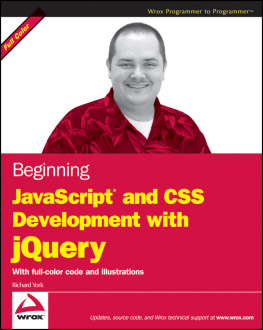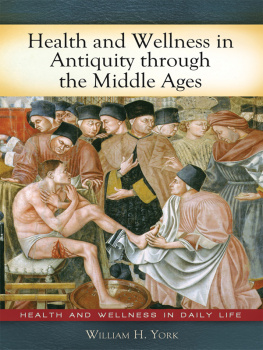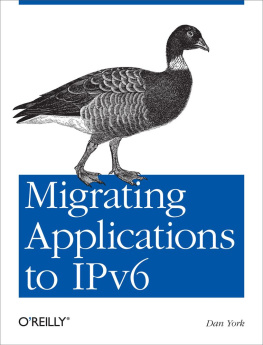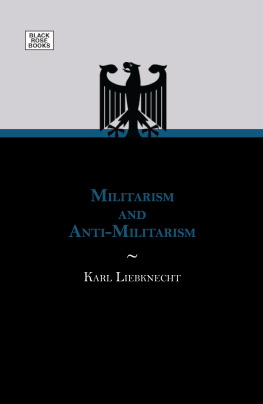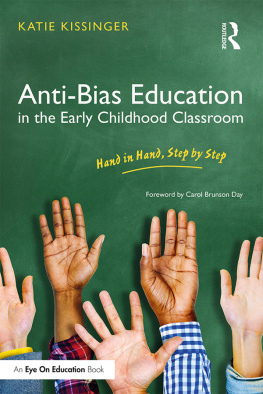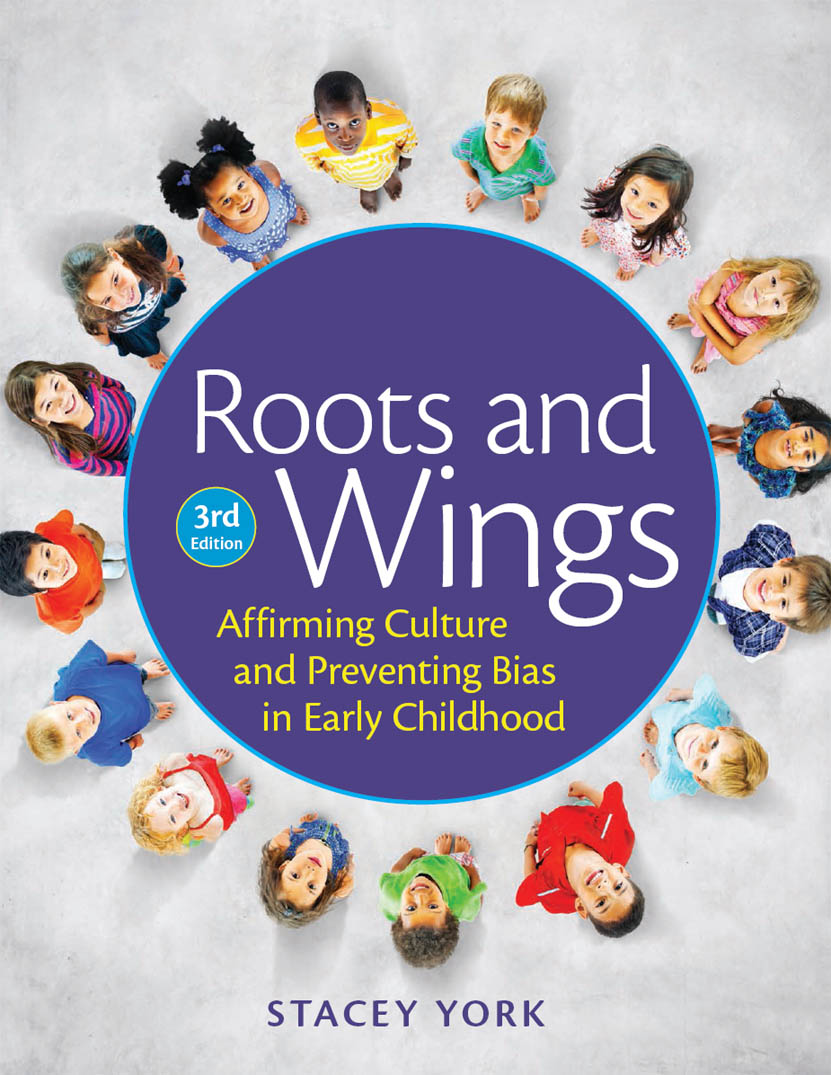
Published by Redleaf Press
10 Yorkton Court
St. Paul, MN 55117
www.redleafpress.org
2003, 2016 by Stacey York
All rights reserved. Unless otherwise noted on a specific page, no portion of this publication may be reproduced or transmitted in any form or by any means, electronic or mechanical, including photocopying, recording, or capturing on any information storage and retrieval system, without permission in writing from the publisher, except by a reviewer, who may quote brief passages in a critical article or review to be printed in a magazine or newspaper, or electronically transmitted on radio, television, or the Internet.
Third edition 2016
Cover design by Erin Kirk New
Cover photographs by Rawpixel Ltd. / iStock / ThinkStock
Interior design by Percolator
Typeset in Expo Serif Pro
Interior photos: iii, upper Andy Dean / Hemera / Thinkstock; iii, lower Pixelheadphoto / iStock / Thinkstock; p7 Rawpixel Ltd / iStock / Thinkstock; p9 Rawpixel Ltd / iStock / Thinkstock; p27 Purestock / Thinkstock; p55 anirav / iStock / Thinkstock; p85 Rawpixel Ltd / iStock / Thinkstock; p115 Mark Hunt / Hemera / Thinkstock; p147 nicolesy / iStock / Thinkstock; p171 Rawpixel Ltd / iStock / Thinkstock; p173 Rawpixel Ltd / iStock / Thinkstock; p197 monkeybusinessimages / iStock / Thinkstock; p239 Rawpixel Ltd / iStock / Thinkstock; p251 Rawpixel Ltd / iStock / Thinkstock; p267 STEFANOLUNARI / iStock / Thinkstock; p291 monkeybusinessimages / iStock / Thinkstock; p309 Rawpixel Ltd / iStock / Thinkstock; p329 MilicaStankovic iStock / Thinkstock
Library of Congress Cataloging-in-Publication Data
Names: York, Stacey, 1957
Title: Roots and wings: affirming culture in early childhood / Stacey York.
Description: St. Paul, MN: Redleaf Press, 2016. | Includes bibliographical references and index.
Identifiers: LCCN 2016003529 (print) | LCCN 2016006435 (ebook) | ISBN 9781605544564 (ebook)
Subjects: LCSH: Early childhood educationActivity programsUnited States. | Multicultural educationActivity programsUnited States. | Curriculum planningUnited States. | BISAC: EDUCATION / Multicultural Education. | EDUCATION / Teaching Methods & Materials / General. | EDUCATION / Preschool & Kindergarten. | SOCIAL SCIENCE / Ethnic Studies / General.
Classification: LCC LB1139.35.A37 Y675 2016 (print) | LCC LB1139.35.A37 (ebook) | DDC 372.21dc23
LC record available at http://lccn.loc.gov/2016003529
This book is dedicated to my family of origin:
Cornelia Marilee Bijland
William Edwin York
Maria Strooker Bijland
Martinus Bijland
Essie Octavia Tillery York
Marion Nicholas York
Table of Contents
Guide
Contents
Many thanks to all the people who have supported me and contributed to Roots and Wings, especially the following:
All the people who responded to the first and second editions of Roots and Wings. Your comments, questions, and disagreements affirmed and challenged me.
The Culturally Relevant Anti-Bias Education Leadership Project: Louise Derman-Sparks, Sharon Cronin, Sharon Henry, Cirecie West-Olatunji, and all the Minneapolis participants. The project was a wonderful experience resulting in great personal and professional growth. Working with all of you was a privilege.
Folks Ive had the pleasure of training with: Julie Bisson, Claire Chang, Linda Coleman, Becky Goze, Linda Jimenez, Mary Loven, Nedra Robinson, Meg Thomas, Kathy Watanabe, Katie Williams, and Marcia Ziemes. I learned so much from you.
My students at Minneapolis Community and Technical College, who created the most incredibly diverse and accepting learning community.
My students at Rochester Community and Technical College, who open themselves to our diverse community and take their first steps on this journey. It is such an honor to be in your presence and watch you grow into skillful teachers.
Beth Wallace, who edited the first edition and who knows early childhood folks and understands culturally relevant anti-bias issues. Thanks for bringing greater clarity to my work while respecting my voice.
My family, who hate it when Im always working on booksbut eagerly and lovingly embrace our cultures and human diversity.
Welcome! This is a book about implementing culturally relevant anti-bias education with young children. It provides a practical introduction to working with diverse children and families in early childhood settings. But first, lets clarify the basics: What does culturally relevant mean? What does anti-bias mean?
The phrase culturally relevant means the caregiving routines, teaching strategies, curriculum, and parent engagement match the childs home culture. Providing culturally relevant care and education is the foundation of high-quality child care and early education.
The term anti-bias refers to teaching children to respect, appreciate, and interact positively with people who are different from them. This also includes teaching children to avoid teasing and name-calling, and to stand up for themselves and others who are experiencing bias. Children learn to reject bias through our modeling, classroom materials, and classroom activities.
The best way to think about culturally relevant anti-bias teaching is to understand the topics presented in this book: culture, prejudice, racism, culturally responsive care, English-language learners, and anti-bias education. Whole books have been written about each of these complex topics. Roots and Wings attempts to present the prevailing theories and best practices in a clear and simple manner, without losing the true meaning.
We all need a place to enter the dialogue and rethink our understanding of diversity and early childhood education. Before we begin, lets explore common misconceptions, my working assumptions, and the benefits of affirming culture in early childhood programs.
MISCONCEPTIONS
Many misconceptions exist about culturally relevant anti-bias education. You may find yourself doubting the importance of multicultural education for young children. Perhaps you arent sure if exploring such issues with your children is developmentally appropriate. Maybe you are afraid that youll make matters worse. Here are some of the most common misconceptions teachers have about culturally relevant anti-bias education:
Misconception: Children are too young to notice differences among people.
Fact: Children notice differences and form attitudes about human diversity in the early years.
Misconception: Pointing out or talking about human differences with children will only make cross-cultural relations worse.
Fact: Including human diversity in the curriculum and giving children simple, accurate information helps them see differences as normal. It prevents them from developing negative or fearful attitudes toward diversity.
Misconception: Multicultural education is necessary only if there are different cultures in the school.
Fact: Culturally relevant anti-bias education is relevant for all children in all grades. Children in all-white (racially segregated) classrooms are at risk for growing up without the social skills and knowledge base needed to live in a diverse country and work in a global marketplace.
Misconception: Multicultural education will create separatism and weaken national unity.
Fact:


